Home » Our Research
Our Research
Discover our recent findings, catch up with news, and review in-depth resources.
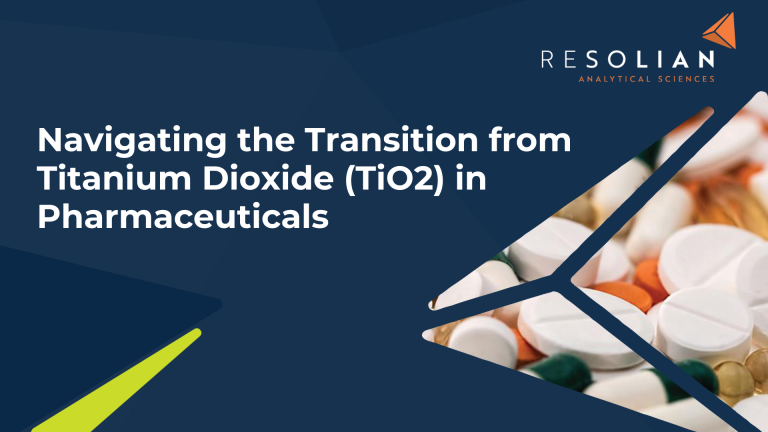
Navigating the Transition from Titanium Dioxide (TiO2) in Pharmaceuticals
Titanium dioxide (TiO2) has been a critical excipient in pharmaceuticals for decades, offering exceptional opacity, whiteness, and stability. However, evolving regulatory demands are driving the industry to explore alternatives. Resolian provides advanced analytical and characterization support to guide this transition while ensuring product quality and compliance.
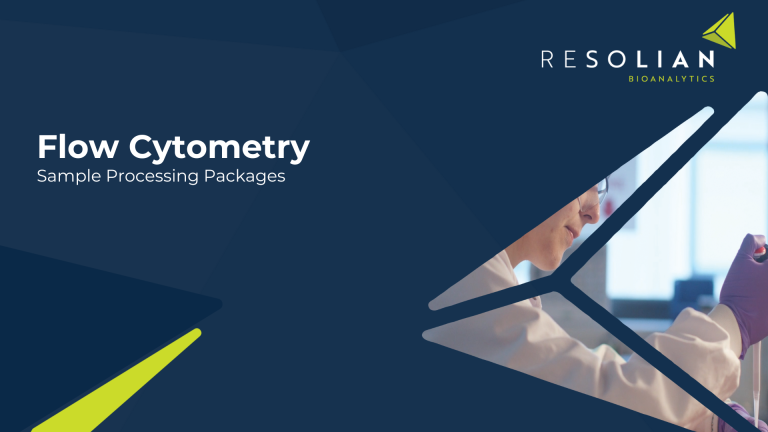
Flow Cytometry Sample Processing Packages
Our Flow Cytometry team have designed a sample processing package that solves the logisitcally challenges with samples.
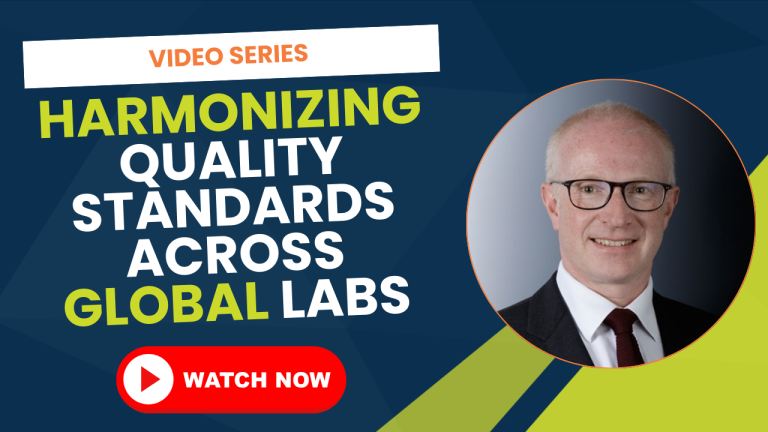
Harmonizing Quality Standards Across Global Labs with David Butler
In a globalized life sciences industry, maintaining consistent quality standards across multiple international sites is a major challenge.
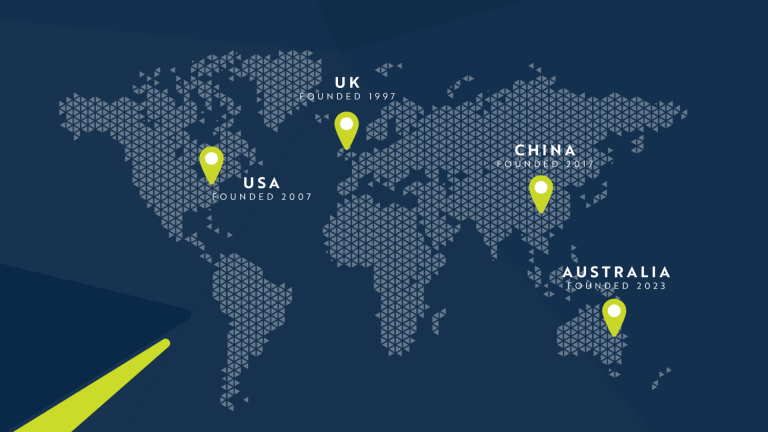
Globally Harmonized Labs
Leading the Way in Secure, Cross-Border Analytical Solutions. We’re committed to delivering seamless scientific expertise that’s globally integrated and locally specialized.
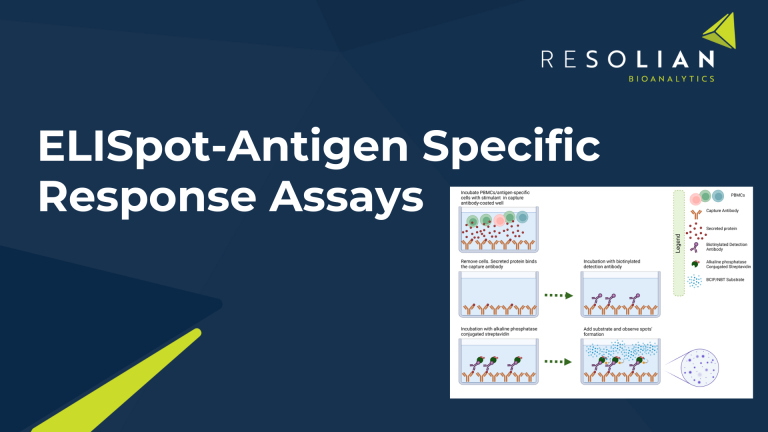
ELISpot-Antigen Specific Response Assays
The ELISpot assay stands out as a highly sensitive technique for analyzing immune function. Find out more about Resolian’s capabilites here.
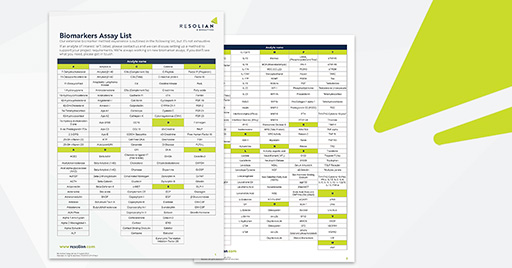
Biomarker Assay List
Our extensive biomarker method experience is outlined in the following list, but it’s not exhaustive.